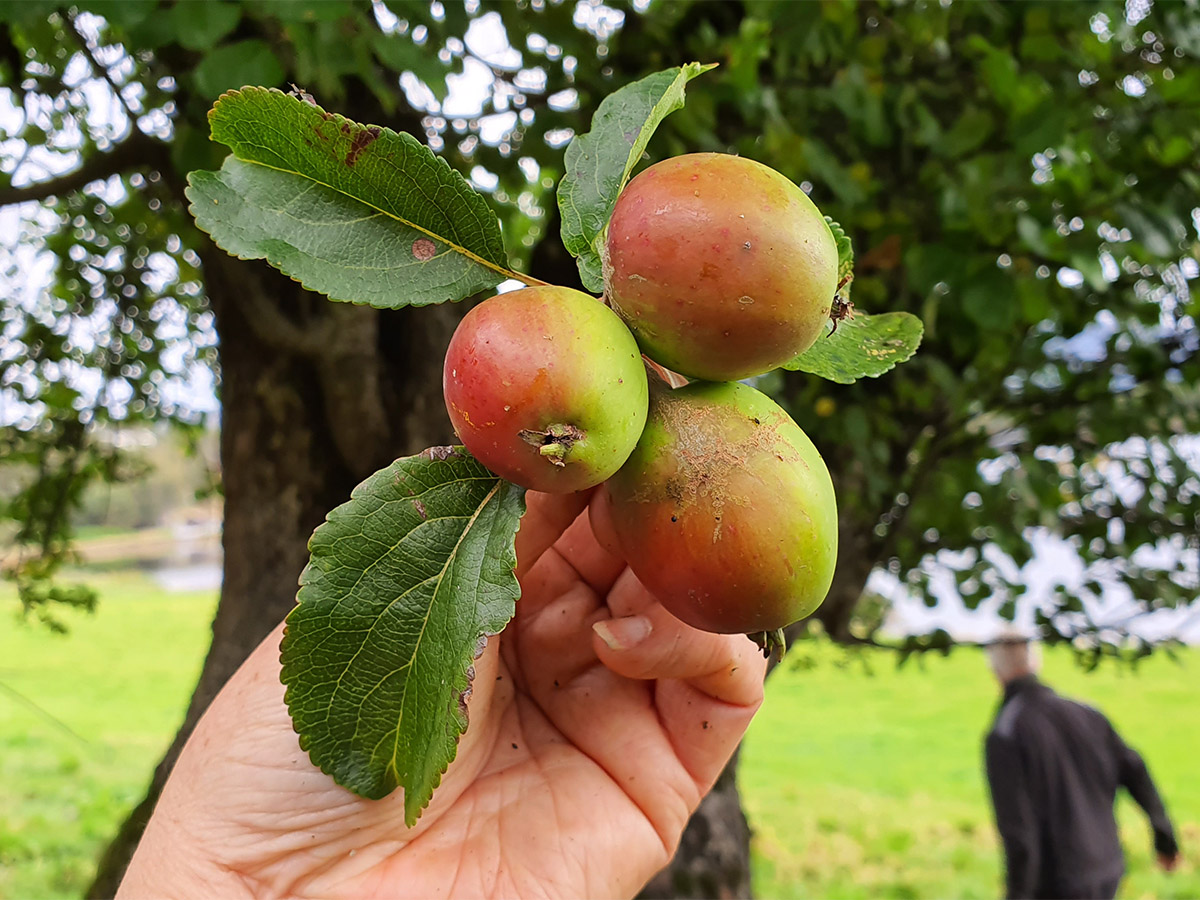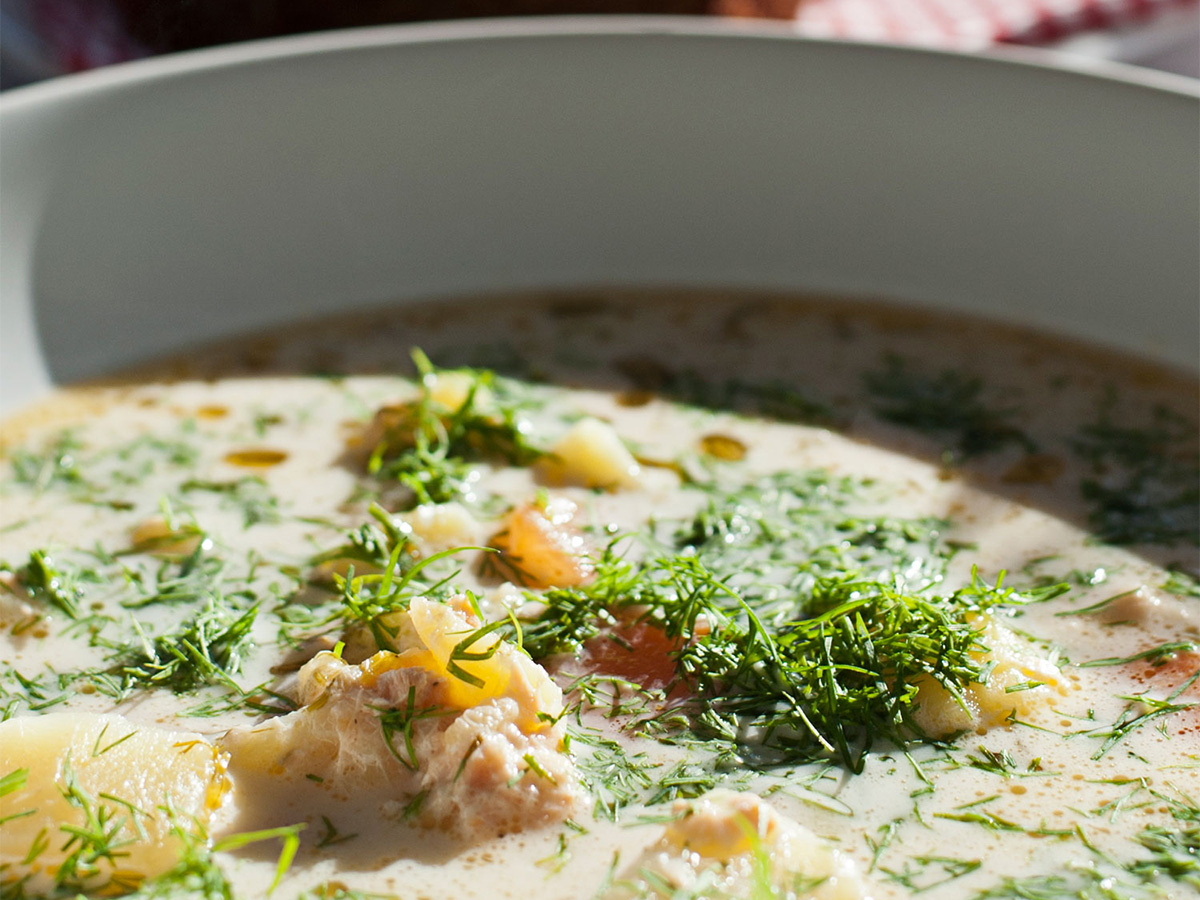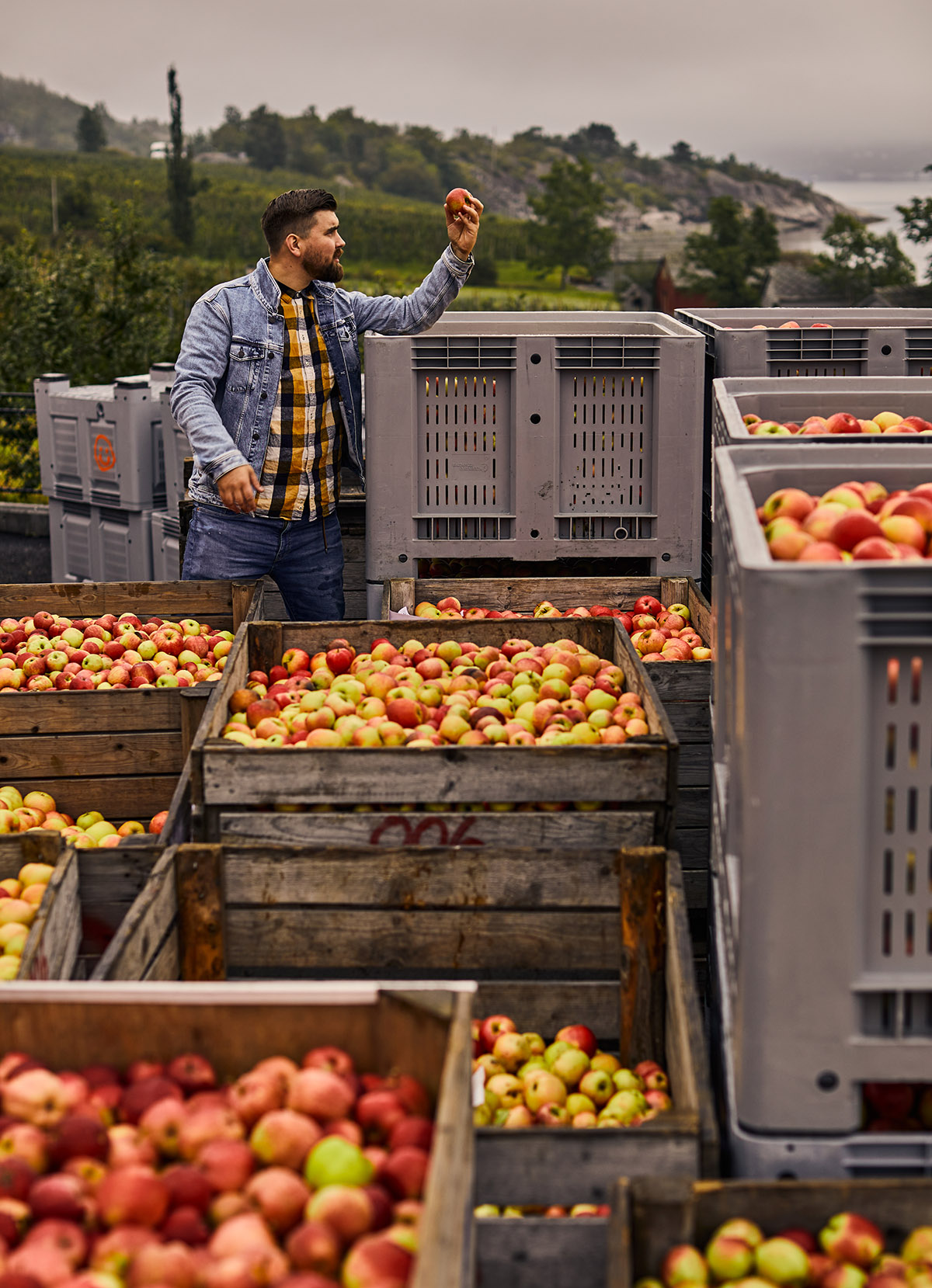Camelina Of Sweden – The ancient superfood that is making a comeback
Text: Sofia Scratton | Photos © Camelina Of Sweden
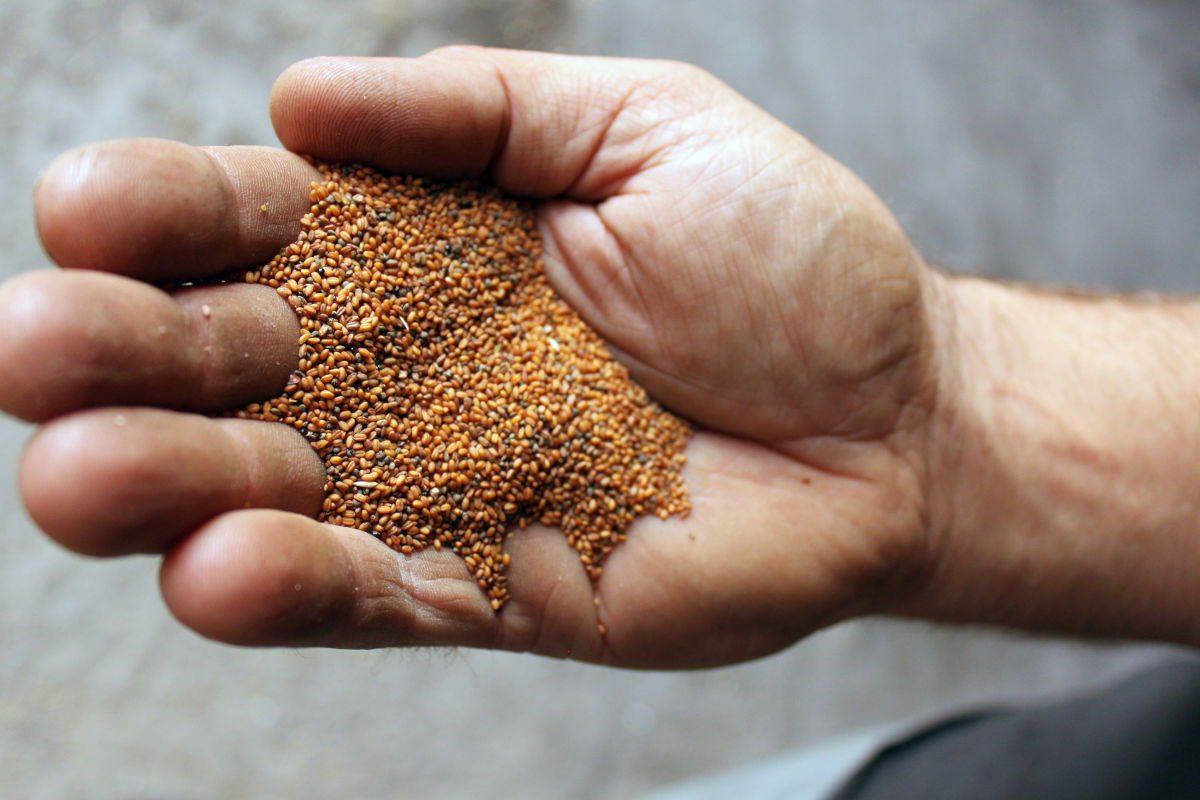
Camelina oil is the modern superfood that can be traced back to the Bronze Age. Now produced in Sweden by Camelina of Sweden, its nutty flavour makes it perfect for salads and to use as cooking oil. One to two teaspoons provide the recommended daily intake of Omega-3 and can reduce the risk of cardiovascular disease, prevent cognitive illnesses such as dementia, strengthen the immune system, and prevent nerve damage.
Camelina of Sweden produces 100 per cent organic oil and dry-roasted seeds from the flowering plant Camelina sativa, a member of the Brassicaceae family, known in English as camelina, gold of pleasure, false flax or, occasionally, wild flax. The plant is native to Europe and some Central Asian areas, cultivated as an oilseed crop.
Both oil and seeds are loaded with important nutrients and have a wonderful flavour, making them suitable for cooking and in various foods like salads and sauces. Thanks to its moisturising properties and high concentration of vitamin E, an antioxidant, camelina is well-suited for use in everything from skin and hair care to nutritious animal feed.
“It all started with a love story,” says Therese Ranch, chief executive officer at Camelina of Sweden. “My husband is a second-generation farmer and has always been curious and innovative by nature. He heard of Camelina, that it was being used in margarine production in Finland and that they needed more of it. He started to grow camelina on his farm and learnt more about its many benefits. On our second date, he told me all about it, and we set up Camelina of Sweden as a family business in the winter of 2015/16, when we launched our first bottle of Camelina oil. I have a career in sales and marketing in the food industry, so Camelina excited me from the start; it is a diamond in disguise!”
Tasty and healthy
The benefits of Camelina are many. It has a very high amount of Omega-3 and vitamin E, which makes the plant especially enduring. The oil is a popular ingredient in paleo cooking and vegan dishes, and can be heated to 245 degrees Celsius without losing its health benefits. It is also more resistant to rancidity than most other oils. “It is a superfood that tastes good,” says Ranch. “Camelina has a wonderful, nutty flavour that works really well in food and can replace all oils, and also be used in skin care. So many of the health foods on the market do not taste good, but camelina does. You don’t have to force yourself to eat it or cook with it. Many of our customers who have started to use Camelina describe themselves as converts and don’t go back to using the oils they used to buy.”
It might be new on the modern market, but Camelina has been around for a long time. “We can trace the use of Camelina back as far as the Bronze Age,” says Ranch. Camelina sativa originally came from Eastern Europe and Asia and was spread as people started to cultivate it for the oil-rich seeds. During the Bronze Age, it came as a cultivated plant to southern and central Scandinavia and Finland. People used Camelina as a medicine to treat wounds, burns and infections, but demand for Camelina greatly reduced in the Industrial Age, and by 1929, the production in Sweden had completely stopped.
Camelina of Sweden sells oil and seeds that can be used in cooking and in foods such as salads, porridge, muesli, and smoothies. The seeds contain a high amount of protein and fibre and are a great way to make your porridge or smoothie even healthier. The seeds grow in Scandinavia, Canada and parts of Asia. Camelina of Sweden is the sole producer of Camelina in Sweden, and their produce is sold across Sweden and Hong Kong, where Camelina has also become popular.
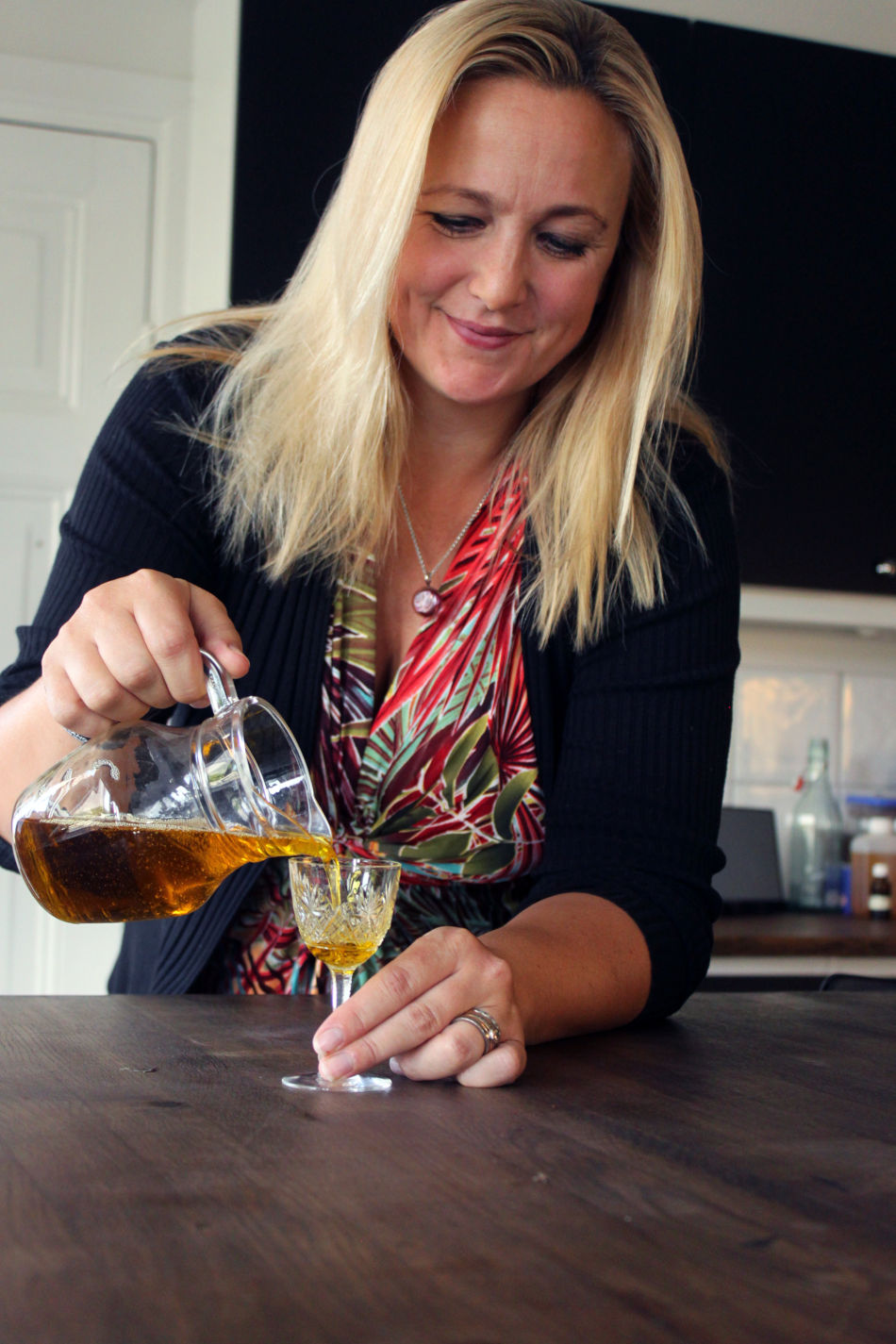
Subscribe to Our Newsletter
Receive our monthly newsletter by email


